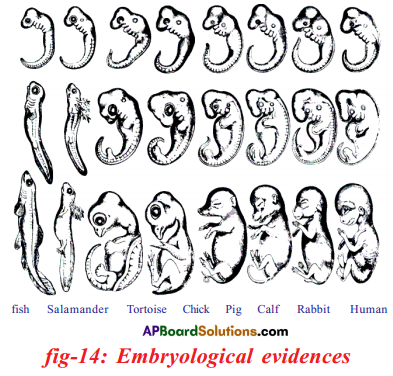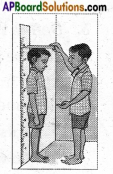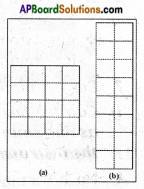AP State Syllabus AP Board 7th Class English Textbook Solutions Chapter 5C Sindbad, the Sailor Textbook Questions and Answers.
AP State Syllabus 7th Class English Solutions Chapter 5C Sindbad, the Sailor
7th Class English Chapter 5C Sindbad, the Sailor Textbook Questions and Answers
I. Answer the following questions.
Question 1.
Who changed the fate of Sindbad? How?
Answer:
The huge mighty birds, the rocs changed Sindbad’s fate as they dropped him in the valley of diamonds and later dropped him in one of their nests where the local merchants were. They helped Sindbad go home safely with the diamonds.
Question 2.
What would you want to become in your life? Would you like to become a sailor? Why/Why not?
Answer:
I would like to become an engineer in my life. I would not like to be a sailor»because the job of a sailor is rather risky.
![]()
Question 3.
How would you have handled the encounter with a roc?
Answer:
I would have not lost my courage when I faced a roc. I would have used my brain sharply and do what Sindbad had done as it would be the only possible thing to get on to a safer place.
Question 4.
What factors would you change to make the story more adventurous and thrilling?
Answer:
Unlike what was said in the story that Sindbad was dropped into a nest by a roc, and helped by the local merchants, the roc should have dropped him onto the land where wild and uncultured humans inhabited. Then how Sindbad would tackle with them and reach home would be more adventurous and thrilling.
Question 5.
Describe Sindbad’s preparations for his journey.
Answer:
To make his journey peaceful and comfortable, Sindbad bought a substantial stock of goods to trade and packed some food and got water-stored cans. He kept all these in the ship and sailed with a large number of his merchant friends.
What is a palindrome?
Answer:
A palindrome is a word (or a number), phrase or sentence which reads the same backwards or forwards. Look at the following examples and try to discover some more palindromes.
WORDS: madam, bib, level, Malayalam
PHRASES: dog’s god, lion oil, too hot to hoot
SENTENCES: Madam, I’m Adam; Was it a cat I saw? Rise to vote, Sir.
Sindbad, the Sailor Summary in English
Sindbad was sailing along with many other merchants on a ship with his stock of goods to trade. Soon they reached an island. All his friends went to gather fruits and flowers there. But Sindbad went to a shady place and there he had his meal. Later he slept under the trees. When he woke up, he found that the ship had gone and he was alone there. Then he went to something which appeared like a huge white ball. It was so high and so smooth that he could not climb to the top of it. Later he saw a great, huge and wonderful bird called ‘roc’ coming towards the ball- like object. Then he realized that it was the egg of the ‘roc’ and the bird was coming for it. When the bird came there, he quickly tied himself with his turban to one of the legs of the huge bird. Then the bird flew away, carrying Sindbad. It landed on the ground among huge and great mountains. At once Sindbad untied the turban. The bird caught up a snake and flew away.
![]()
Sindbad could not know what to do. The sides of the valley looked so steep that there was no possibility of climbing them. Sindbad looked around the valley. He found large diamonds lying on the ground. All around the valley, there were huge snakes which could eat even an elephant. At nightfall, they came out of their holes. During the day, the snakes hid themselves from the huge mighty birds, the rocs.
Sindbad found a small cave and decided to spend the night in it. He put a large stone at the entrance of the cave so as to prevent the snakes from entering it. But he could not sleep well because of the hissing sound outside the cave. As day light came on, all the snakes went into their holes. Sindbad came out of the cave. He walked upon the diamonds. He ate food and slept for a while. Suddenly Sindbad woke up as a huge piece of meat had fallen near him. Some more pieces of meat fell down. He remembered how the local merchants would use huge eagles (rocs) to carry up the diamonds for them, and how they would throw huge pieces of meat into the valley as food for them, etc.
At once, Sindbad collected a large number of diamonds. He put them in his wallet and tied it to his waist. Next he tied one large piece of meat to the middle of his back with his turban. He lay down with his face to the ground. Then a huge roc flew down and picked up the piece of meat along with Sindbad and flew away to the top of the rocky walls of the valley. He was dropped into a nest. There were already some local merchants in that nest. They heard the story of Sindbad. So they helped him to find a ship to go home. Thus Sindbad got back to Baghdad. He became very rich. He gave money to the poor and lived peacefully in his home.
Sindbad, the Sailor Glossary
sailor (n): a person who works on a ship as a member
crept (v): moved slowly, quietly and carefully
day break: dawn or the time of sun rising
immense (adj): very large or huge
steep (adj): a slope on which rising/falling ¡s quick
frightened (v): made somebody suddenly feel afraid
serpents (n): snakes
suppose (v): guess/think/imagine
hissing (n): sound produced by the snakes
![]()
huge (adj): very large/big
believed (v): thought something to be true
merchants (n): people doing some trade
consider (u): think about something carefully
wallet (n): a small flat folding casa of leather/plastic used for keeping paper/money in
wealthy (adj): rich

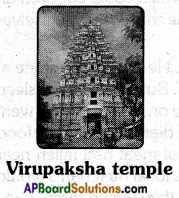

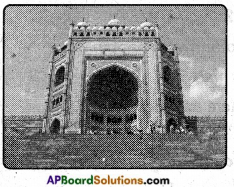

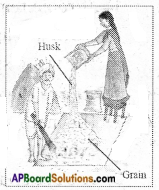
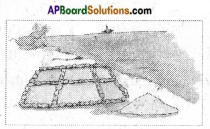




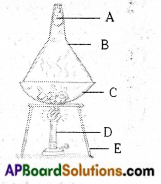


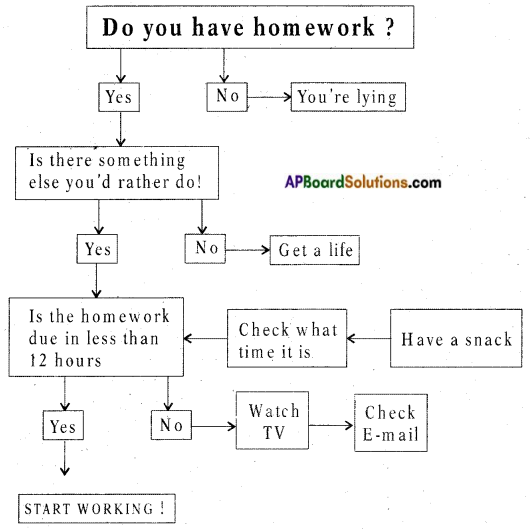

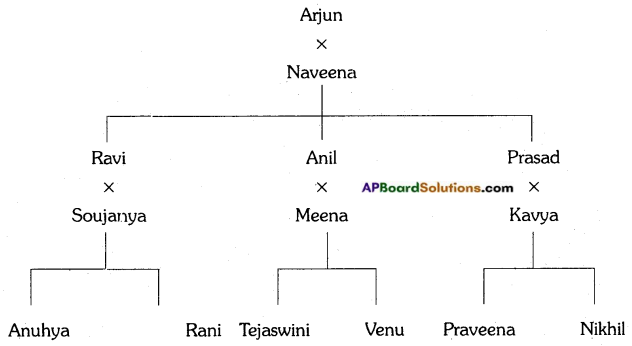



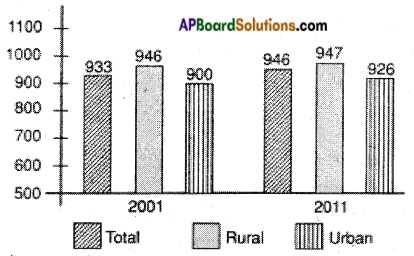
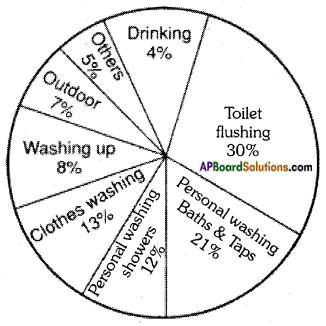






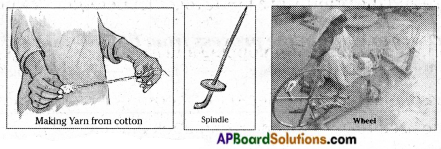
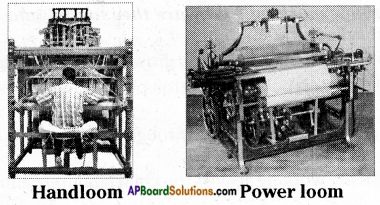


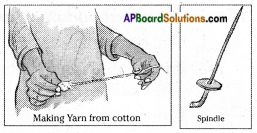
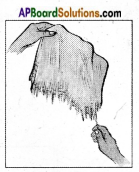
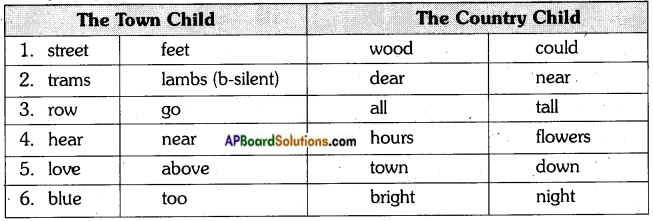

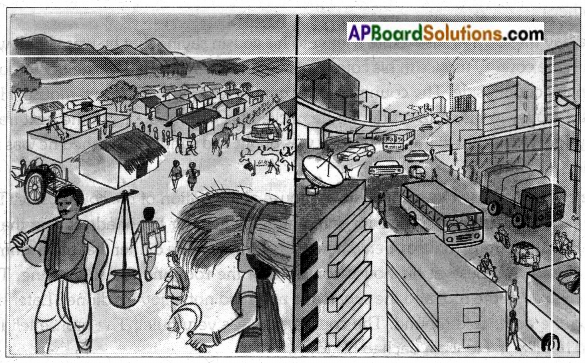



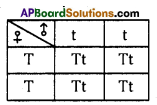
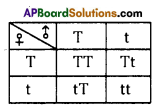


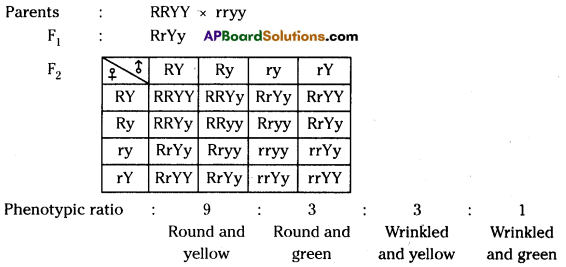

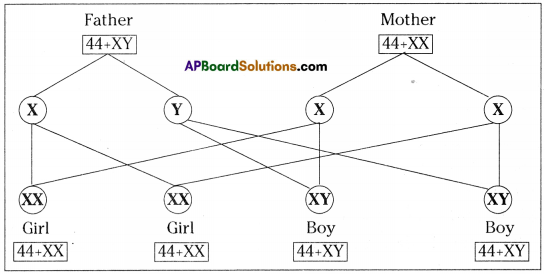

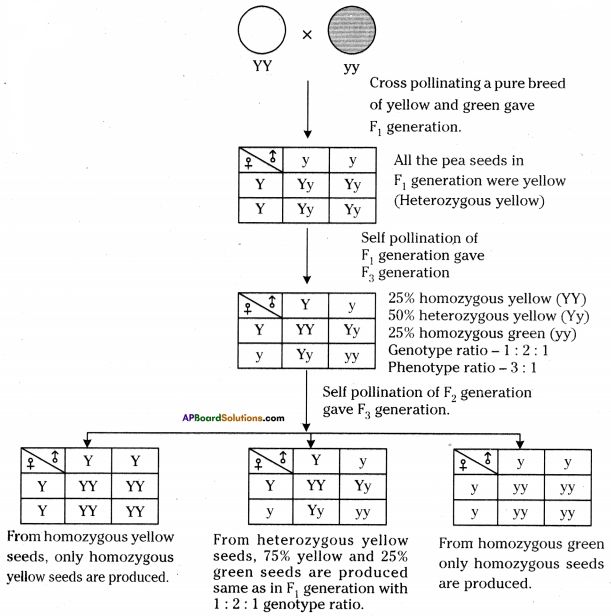


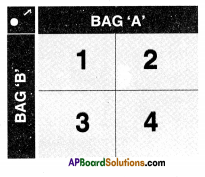
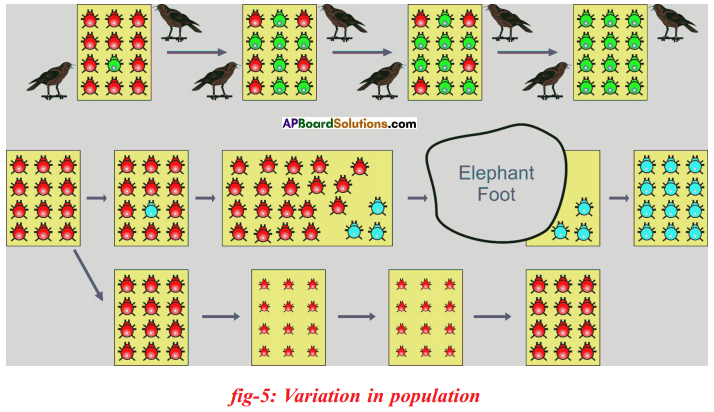 Let us consider a group of twelve beetles. They live in bushes on green leaves. Their population will grow by sexual reproduction. So they were able to generate variations in population. Let us assume crows eat these red beetles. If the crows eat more Red beetles, their population is slowly reduced. Let us discuss the above three different situations in detail.
Let us consider a group of twelve beetles. They live in bushes on green leaves. Their population will grow by sexual reproduction. So they were able to generate variations in population. Let us assume crows eat these red beetles. If the crows eat more Red beetles, their population is slowly reduced. Let us discuss the above three different situations in detail. Moreover, this green coloured beetle passes its colour to Its offspring (Progeny). So that all its progeny are green. Crows cannot see the green coloured beetles on green leaves of the bushes and therefore crows cannot eat them. But crows can see the red beetles and eat them. As a result there are more and more green beetles than red ones which decrease in their number.
Moreover, this green coloured beetle passes its colour to Its offspring (Progeny). So that all its progeny are green. Crows cannot see the green coloured beetles on green leaves of the bushes and therefore crows cannot eat them. But crows can see the red beetles and eat them. As a result there are more and more green beetles than red ones which decrease in their number. Crows can see blue coloured beetles on the green leaves of the bushes and the red ones as well. And therefore crows can eat both red and blue coloured beetles. In this case there is no survival advantage for blue coloured beetles as we have seen in case of green coloured beetles.
Crows can see blue coloured beetles on the green leaves of the bushes and the red ones as well. And therefore crows can eat both red and blue coloured beetles. In this case there is no survival advantage for blue coloured beetles as we have seen in case of green coloured beetles. So beetles are poorly nourished. So the weight of beetles decrease but no changes take place in their genetic material (DNA). After a few years the plant disease are eliminated. Bushes are healthy with plenty of leaves.
So beetles are poorly nourished. So the weight of beetles decrease but no changes take place in their genetic material (DNA). After a few years the plant disease are eliminated. Bushes are healthy with plenty of leaves.